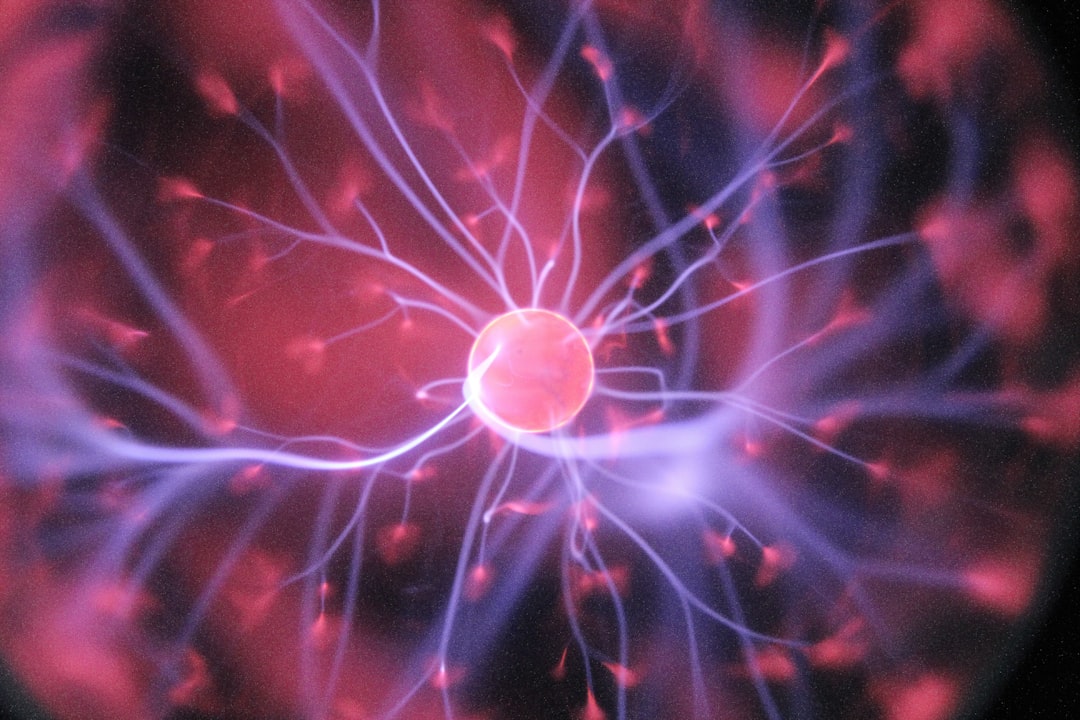What is it about?
The design and optimization of aero gas turbine combustors require an adequate understanding of transient and steady phenomena involved in spray combustion. The present study deals with the large eddy simulation (LES) of an ignition sequence and the resulting steady combustion in a swirl-stabilized liquid-fueled combustor. Particular attention is paid to the ease of handling the numerical tool, the accuracy of the results and the reasonable computational cost involved. The primary aim of the study is to appraise the ability of the newly developed computational fluid dynamics (CFD) methodology to retrieve the spark-based flame kernel initiation, its propagation until the full ignition of the combustion chamber, the flame stabilization and the combustion processes governing the steady combustion regime. The CFD model consists of a LES-based spray module coupled to a subgrid scale ignition model to capture the flame kernel initiation and the early stage of the flame kernel growth, and a combustion model based on the mixture fraction-progress variable formulation in the line of the Flamelet Generated Manifold method to retrieve the subsequent flame propagation and combustion properties. The LES-spray module is based on an Eulerian-Lagrangian approach and includes a full two-way coupling at each time step to account for the interactions between the liquid and the gaseous phases. The Wale-Adapting Large Eddy (WALE) model is used for the flow field while the eddy diffusivity model is used for the scalar fluxes. The fuel is liquid kerosene, injected in the form of polydisperse spray of droplets. The spray dynamics is tracked using the Lagrangian procedure, and the phase transition of droplets is calculated using a non-equilibrium evaporation model. The oxidation mechanism of the jet A-1 surrogate is described through a reduced reaction mechanism. By comparing the numerical results with a set of published data for a swirl-stabilized spray flame, the proposed CFD methodology is found capable of predicting the whole ignition sequence and the main flame trends in the steady combustion regime. Keywords: LES; Spark ignition; Spray flames; Euler-Lagrange; FGM; Subgrid ignition model
Featured Image
Read the Original
This page is a summary of: Large eddy simulation of an ignition sequence and the resulting steady combustion in a swirl-stabilized combustor using FGM-based tabulated chemistry, International Journal of Numerical Methods for Heat & Fluid Flow, November 2020, Emerald,
DOI: 10.1108/hff-03-2020-0136.
You can read the full text:
Contributors
The following have contributed to this page










